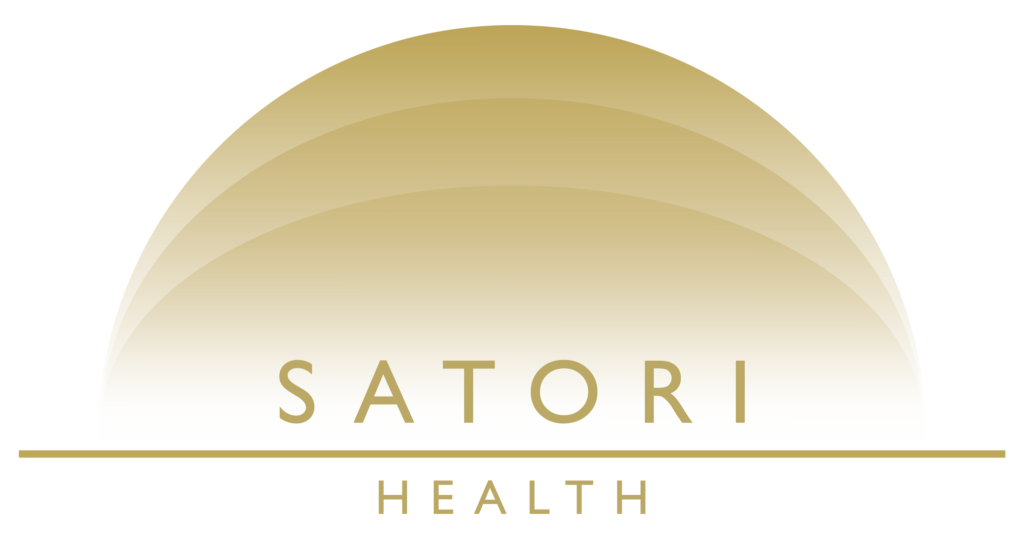Treatment for mental health may seem intimidating initially, considering that 40 – 60% of people in recovery relapse after a year’s treatment. Besides the treatment fees, one typical question those seeking treatment for substance mental health ask is, “How long does treatment last?” Because everybody’s case is different, the duration of treatment varies.
The journey to recovery is personal. Many factors come into play regarding how long one can stay receiving treatment in a rehab center. This blog explores the factors that can affect the length of treatment and the typical length of programs in the United States.
Factors Affecting Length of Treatment
There’s no singular treatment for mental health, so the duration of treatments differs. Other factors, such as the type and complexity of the problem, the patient’s response and involvement are other determinants. Those who actively engage in their treatment, follow instructions, and attend appointments may spend less time in therapy than passive people. Individuals must be open about their progress with their healthcare professionals so that treatment may be adjusted.
The duration of mental health treatment can be short-term and long-term. Short-term treatment lasts a maximum of a few months. This treatment addresses the individual’s immediate needs. Some people, primarily those with less severe cases, may benefit from this.
Long-term treatment is for those who need more intensive care for the treatment to take effect. Individuals with a complex SUD often undergo long-term treatment for up to a year. The choice between these forms of treatment varies according to the diagnosis and the circumstances.
Mental Health Issues and Their Treatment Duration
- Depression: Treating depression can last several months to more than a year. Therapy and, sometimes, medications are effectively combined to alleviate symptoms.
- Anxiety disorder: Depending on the complexity of the condition, individuals may recover from short-term treatments. In contrast, others will require more prolonged treatment.
- Bipolar: People with bipolar usually require longer-term treatment and medication for sustainability.
Therapy and medications are usually employed to treat mental health issues. They can also impact the treatment duration because several sessions are involved over time. The individual’s progress will determine the duration. Like therapy, the treatment’s effectiveness will determine the length of medication management.
How Long Is Mental Health Treatment? General Length of Treatment Programs
So, how long does treatment last? Most treatment programs usually come in the 30-day, 60-day, or 90-day window. There are also long-term living programs where patients are confined to a sober living facility or homes.
30-Day Treatment Programs
Most people get started in the 30-day window. It is more convenient to commit because it’s short.
If more extended treatment is required, they can easily continue. The 30-day treatment programs are usually used to get through withdrawal symptoms and relapse, so you’ll likely learn relapse prevention methods during this period.
60-Day Treatment Programs
This is another typical timeframe patients with a more complex mental health issue commit to. The additional 30 days allow therapists and doctors to assess the patient’s experiences, behaviors, and other factors that may cause their SUD.
The 60-day treatment window also allows for establishing a more robust sober support network, developing more relapse prevention tools, practicing healthy habits to maintain sobriety, and effectively monitoring any medication introduced during the period. Doctors will have more time to ascertain the effectiveness of medications and may adjust the levels. Though many insurance companies don’t fully cover the 60-day treatment program, rehab centers offer payment plans that allow for installment payments.
90-Day Treatment Program
90-day programs allow for more extended support and treatment. This means you are more likely to live sober after leaving the rehab facility. 90-day programs have the highest success rate among the three programs because they are more impactful and allow for full recovery.
During this period, you can reinforce your sobriety skills and pinpoint potential triggers that can result in relapse. Individuals rarely subscribe to this program on the first attempt because of the length. Still, many return following relapse wishing they did.
Sober Living Environment
Sober living environments are structured, substance-free homes where patients can stay to enhance their recovery. Sometimes, more than the 90-day program is needed to work through recovery. A sober living facility is an affordable environment that offers space for people who don’t want to get back into the world yet can stay. This is different from outpatient programs.
Satori Health Offers Various Treatment Programs for Mental Health Issues
When on the journey of recovery, remember to set realistic expectations. Substance abuse causes drastic changes to the body and mind. To negate these effects takes time. Therefore, you must imbibe patience and go on with the treatment process. The question, “How long does treatment last?” has no definite answer because it depends on several factors.
At Satori Health, we provide personalized guidance as you navigate recovery. We evaluate your condition and recommend a proper treatment program to ensure the best recovery. Call to get in touch with us.



